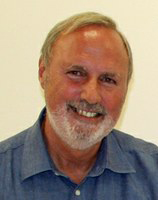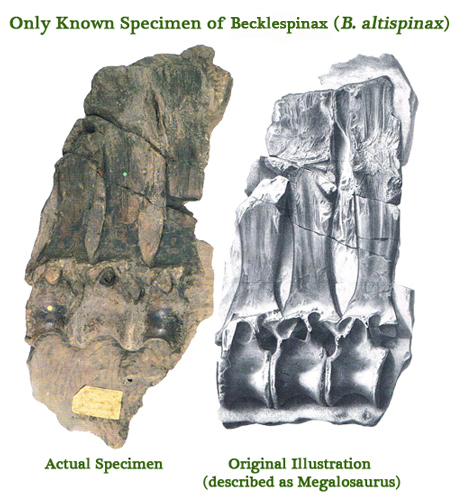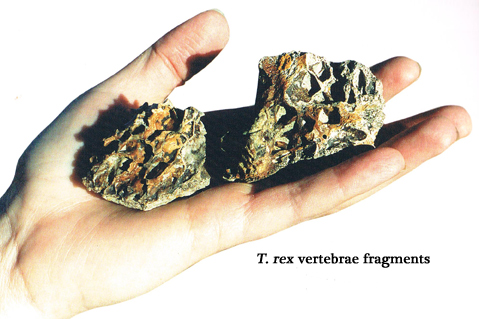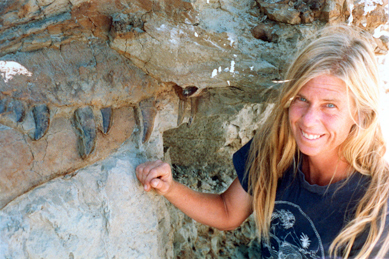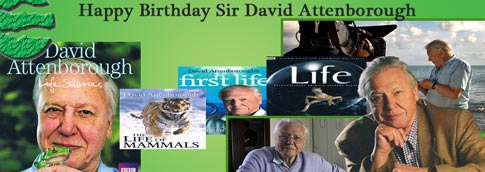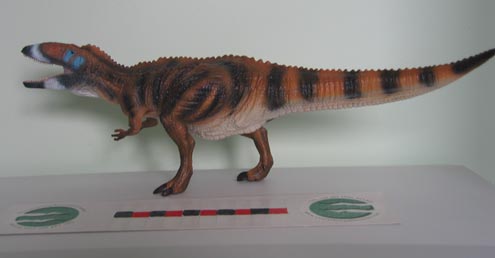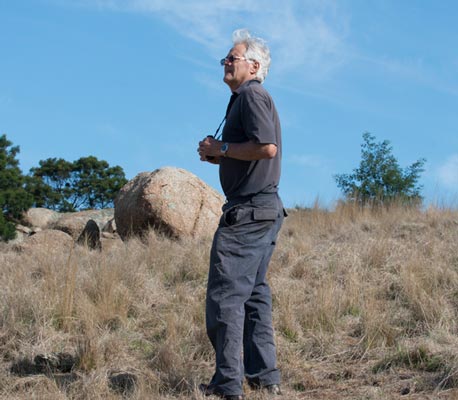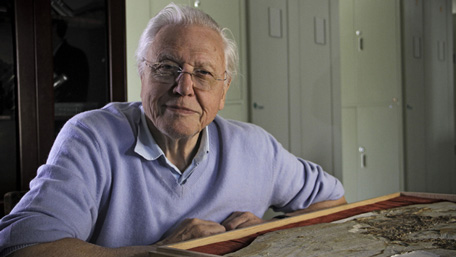Important and influential figures in science or from other related areas concerning dinosaurs and prehistoric animals.
The Weird and Wonderful Cambrian
Ancient Balloon Shaped Animal Sheds Light on Cambrian Fauna
A bizarre creature that resembled a “spiky balloon”, part of an amazing marine biota that thrived some 520 million years ago, has been named in honour of a Leicester scientist who died earlier this year. The finely-grained, fossiliferous beds around Chengjiang (southern China), are believed to rival the famous Burgess Shale beds of British Columbia. The rocks in this part of the world were once the muds and silts that collected at the bottom of an ancient Cambrian sea.
Cambrian Creature
Preserved within the layers of rock, over half a billion years old, are the remains of strange creatures that thrived at around the time of the very first animals with a notochord, the ancestor of today’s vertebrates, were evolving.
One such creature, which has a fossil described as being like “a crushed bird’s nest” has been named Nidelric pugio in honour of the late Professor Richard Aldridge, an internationally renowned palaeontologist and keen bird watcher. He was a prominent member of the University of Leicester’s Department of Geology. Fragmentary specimens of this creature had been found before, but this specimen preserves the majority of the animal and even though the fossil is distorted, it has been identified as a type of chancellorid, a group of animals that have no direct descendants alive today.
Nidelric pugio
Professor Aldridge was regarded as a world leader in the research into the Cambrian fossils found in the Chengjiang locality. This prickly specimen measures around nine centimetres in total length. It is just one of an incredible number of beautifully preserved creatures that hint at a rich and diverse marine ecosystem. A record of which has been preserved as fossils.
The Bizarre Nidelric pugio – Like Nothing on Earth Today
Picture credit: Leicester University
Honouring the Late Professor Richard Aldridge
The name of the fossil is derived from the Latin “Nidus”, meaning bird’s nest or a resemblance to such a structure and “adelric”, the Old English name “Aedelic”, which itself means “noble ruler”, the source for the surname Aldridge.
A Close Up of the Spikes that Surround this Animal
Picture credit: Leicester University
The “Cambrian Explosion”
One of the reasons stated for the “Cambrian explosion”, a rapid radiation and diversification of creatures during the latter stages of the Cambrian, is that food chains began to be established, whereby passive grazing and feeding as a result of serendipitous circumstances were replaced with predator/prey interactions. The spikes that surrounded N. pugio, which measured just a few millimetres high, most likely had a defensive purpose. The spikes probably deterred attackers.
The strata has permitted the preservation of these creatures in such perfect detail that even traces of their rudimentary nervous systems can be identified, as well as legs, guts, eyes and even that most advance element of the central nervous system – the brain.
To read more about this remarkable research: Ancient Arthropod Brain and Nervous System Studied.
Professor Aldridge, passed away in February of this year. He had a distinguished career in palaeontology. The professor was regarded as an expert on conodonts and early marine invertebrates. He became a professor at Leicester University in 1996 and served as Head of the Department of Geology from 1998 to 2004. He held he prestigious title of the F.W. Bennett Professorship at the University from 2002 until his retirement from the University three years ago.
Cambrian Creature Named in Honour of Professor Aldridge
Picture credit: Leicester University




